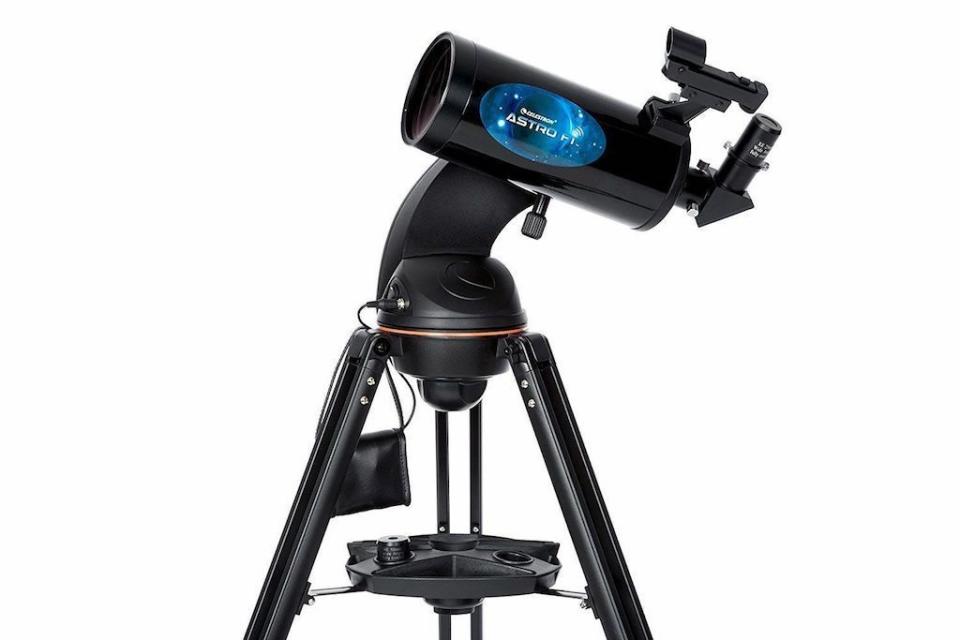When you buy through links on our articles, Future and its syndication partners may earn a commission.


After 69 years of gliding through the depths of our solar system, a comet will grace our skies close enough it can be seen with binoculars or a small telescope.
The space rock, Comet 13P/Olbers, is currently in the constellation Leo Minor, and zipping through space fast. At its closest, the comet was 176 million miles (283 million kilometers) from Earth on July 20.
While its magnitude of 7.1 means it is not visible with an unaided eye, skywatchers in the Northern Hemisphere can still view it easily as a fuzzy ball about 20 to 30 degrees above the horizon roughly two hours after sunset, according to Universe Today. Its altitude and brightness mean you’ll need a fairly unobstructed view of the horizon and binoculars or a telescope to see it as it passes close to galaxy NGC 3219 in Leo Minor, whose location can be used as a reference for computerized telescopes, EarthSky reported.
TOP TELESCOPE PICK:


Want to see comets in the night sky? We recommend the Celestron Astro Fi 102 as the top pick in our best beginner’s telescope guide.
Comet 13P/Olbers is named after German astronomer Heinrich Olbers, who first identified the space rock in 1815. The letter P means the comet Olbers is periodic, a designation given to space rocks with orbits of less than 200 years; the number 13 means it was the 13th comet to be cataloged as periodic.
Comet Olbers was last seen from Earth in September 1956. After this summer, its next close approach will be in 2094.
Related: How to make a comet


RELATED STORIES:
— A comet coming in 2024 could outshine the stars – if we’re lucky
— Halley’s Comet: Facts about history’s most famous comet
— The 9 most brilliant comets ever seen
During its 69-year-long orbit around our sun, the comet ventures from just outside Earth’s orbit to all the way to Neptune and slightly beyond. Because it approaches fairly close to Earth, NASA classifies comet Olbers as a near-Earth asteroid. However, there is no risk of it striking Earth.
If you want to get a closer look at comets like 13P/Olbers, take a look at our guides to the best telescopes and best binoculars.
And if you want to photograph comets, we have tips for how to photograph comets, as well as guides to the best cameras for astrophotography and best lenses for astrophotography.
Editor’s Note: If you get an awesome photo of 13P/Olbers this summer and would like to share it with Space.com’s readers, send your photo(s), comments and your name and location to spacephotos@space.com.
